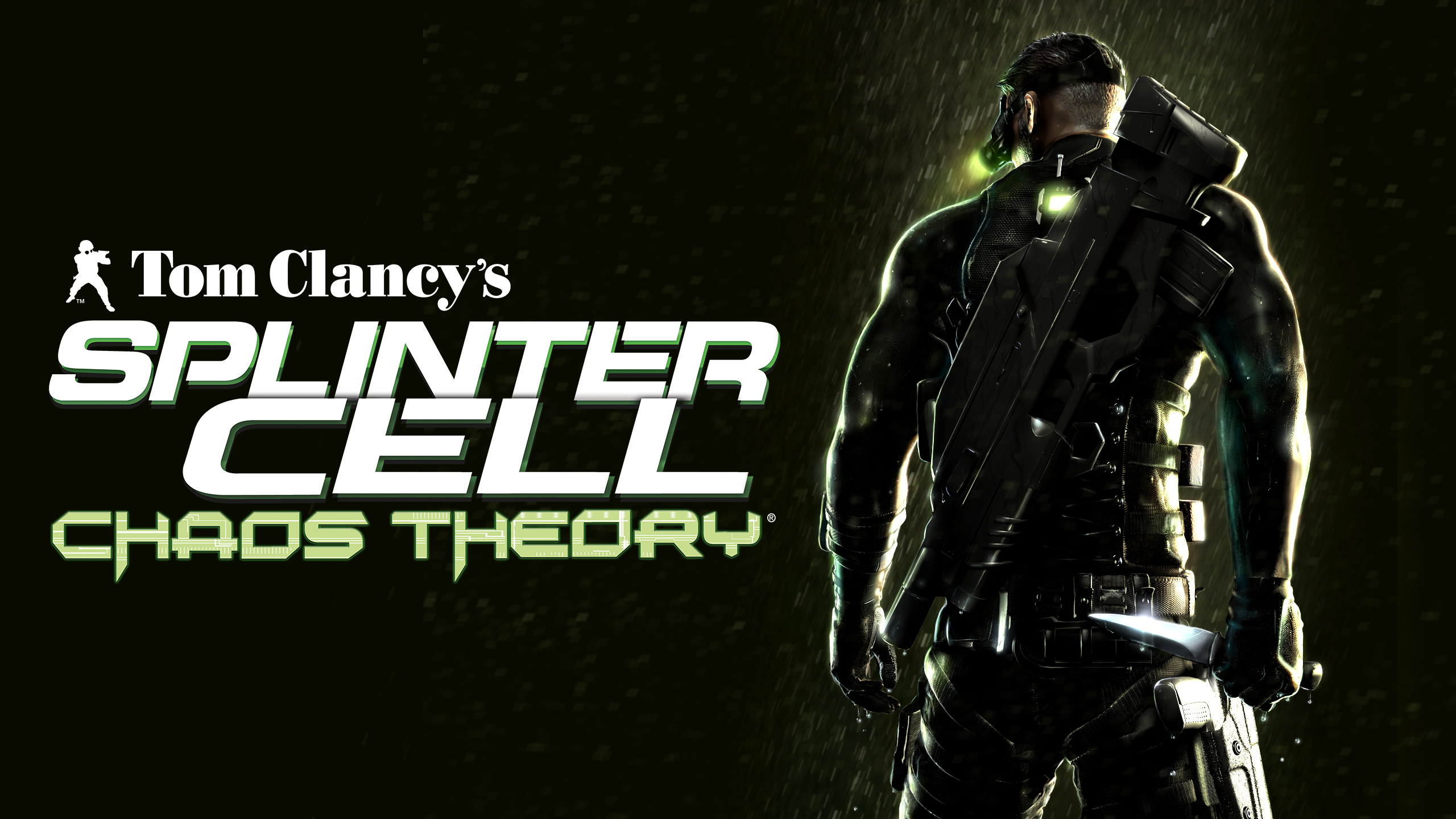Gameplay Mechanics and Innovations in Splinter Cell Chaos Theory: Splinter Cell Chaos Theory Review Gamespot

Chaos Theory significantly refined the stealth gameplay established in its predecessors, introducing several innovative mechanics that enhanced player agency and tactical options. The game’s focus shifted towards a more fluid and dynamic approach to infiltration, rewarding creative solutions and punishing overly aggressive tactics. This was achieved through a combination of improved AI, refined level design, and the introduction of new gadgets and abilities.
The core gameplay loop of stealth, evasion, and non-lethal takedowns remained, but Chaos Theory built upon this foundation. The addition of new features, such as the SWAT turn, improved melee combat, and the ability to use the environment more creatively, created a more engaging and challenging experience. The game also leaned more heavily on the use of light and shadow, making strategic positioning even more critical.
Level Design and Gameplay Impact, Splinter cell chaos theory review gamespot
Chaos Theory’s level design was a major contributor to its improved gameplay. Levels were more open-ended and less linear than in previous installments, offering players multiple paths and approaches to objectives. This encouraged experimentation and rewarded players who thought creatively about how to use the environment to their advantage. The levels themselves were intricately designed, utilizing verticality and multiple levels to create complex and engaging environments. For example, the level set in a bustling Japanese city allowed for multiple infiltration routes, from rooftops and sewers to bustling markets and underground passages. This encouraged diverse playstyles, allowing players to utilize their preferred methods of stealth.
Comparison to Predecessor Gameplay
Compared to Splinter Cell and Pandora Tomorrow, Chaos Theory featured a more pronounced emphasis on player freedom and environmental interaction. While the previous games offered some level of choice, Chaos Theory significantly expanded these options. The improved AI also played a role; enemies were more perceptive and reacted more realistically to Sam Fisher’s actions. The introduction of Last Known Position (LKP) for guards further enhanced the challenge and strategic depth, demanding more careful planning and execution of stealth maneuvers. The SWAT turn, a quick 180-degree turn, allowed for more dynamic responses to unexpected encounters, further differentiating Chaos Theory’s gameplay. Pandora Tomorrow introduced a greater emphasis on gadgets, but Chaos Theory refined their use and integrated them more seamlessly into the gameplay.
Fictional Scenario Demonstrating Advanced Gameplay Mechanics
Sam Fisher is tasked with infiltrating a heavily guarded research facility nestled high in the Himalayas. The main entrance is heavily fortified, and traditional approaches are impossible. Utilizing his advanced knowledge of the facility’s layout, obtained through prior intel, Sam uses the new “Last Known Position” mechanic to his advantage. He begins by carefully disabling security cameras, taking advantage of the facility’s complex layout. He uses the SWAT turn to quickly reposition himself after disabling a guard’s camera, thus avoiding detection. He then uses the facility’s ventilation system, navigating its labyrinthine network to reach a less-guarded area. Finally, he employs the improved melee combat system to swiftly and silently neutralize the lone guard patrolling the ventilation shaft access point, thereby gaining entry into the main facility. This demonstrates the combined use of environmental awareness, gadget usage, and refined combat skills to overcome a complex challenge.
